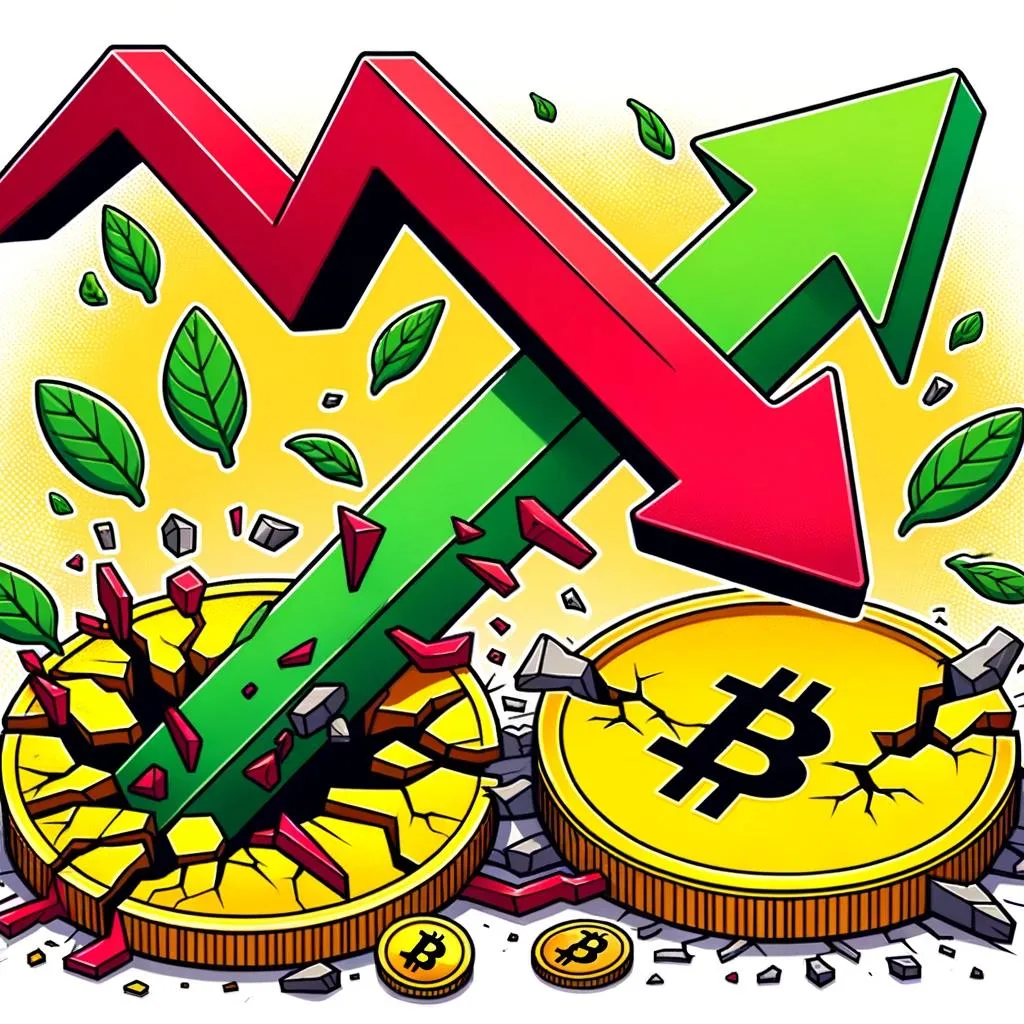
Binance liquidity meltdown occurred on Monday, as the world’s largest cryptocurrency exchange faced a significant decrease in buy-side liquidity. This event put traders on Binance at a disadvantage compared to those on Kraken and Coinbase, according to data from Kaiko. The 0.1% ask depth, which measures buy-side liquidity, dropped dramatically on Binance, falling from 100 BTC to just 1.2 BTC ($30,000) due to increased volatility caused by a false report of BlackRock’s spot ETF approval. Although Bitcoin initially surged 7.5% to $30,000 in response to the rumor, it quickly retraced its gains after BlackRock denied the report.
Understanding the 0.1% Ask Depth
The 0.1% ask depth represents the number of outstanding purchase orders within 0.1% of the mid-price. Higher bid and ask depths indicate easier execution of large orders at stable prices and lower slippage. However, the ask depth also decreased significantly on other exchanges such as OKX and Bybit, with the average ask falling below 95 BTC.
Impact on Traders
This decline in liquidity resulted in slippage, causing some traders, including pseudonymous traders exitpump and Omz, to lose money. Slippage as high as 20% was reported. Kraken and Coinbase outperformed Binance and other exchanges during this liquidity meltdown, likely due to the relative sophistication of their market makers.
Market Makers and Their Role
Market makers play a crucial role in maintaining liquidity on cryptocurrency exchanges. They provide buy and sell orders for various digital assets, ensuring that traders can execute their orders at stable prices and with minimal slippage. During the Binance liquidity meltdown, the market makers on Kraken and Coinbase demonstrated their expertise by maintaining better liquidity levels compared to Binance and other exchanges.
How Binance Can Improve
To prevent future liquidity meltdowns, Binance should consider enhancing its market-making strategies. This may include partnering with more sophisticated market makers or improving its existing market-making algorithms. Additionally, Binance could implement measures to mitigate the impact of false reports and rumors on the market, such as increased transparency and communication with its user base.
Conclusion
In summary, the Binance liquidity meltdown led to a significant decrease in buy-side liquidity, putting traders at a disadvantage and causing financial losses due to slippage. Kraken and Coinbase fared better during this period, likely because of the expertise of their market makers. To avoid similar issues in the future, Binance should focus on improving its market-making strategies and mitigating the impact of market rumors.




